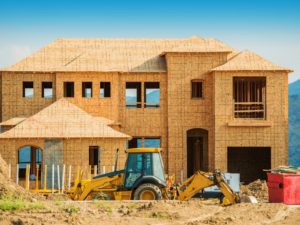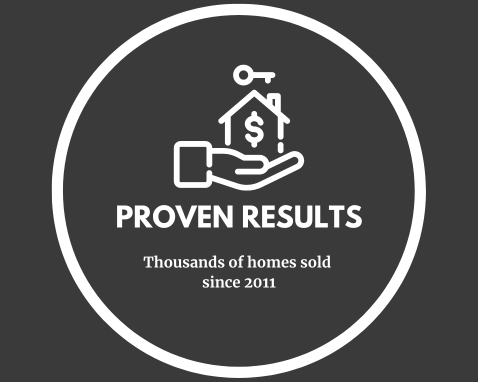where does new construction go from here…
The residential new construction real estate market is great now, right? Buyers are abundant and many builders can’t build ’em fast enough. Sound familiar? While the underlying financial circumstances are different than the housing bubble we experienced before 2007, many believe a shift in the real estate market may be just ahead. What did you learn from the previous housing market shift and what are you doing differently this time?
Today we face some different challenges
Housing inventories continue to diminish, especially for entry-level homes. Distressed properties are at their lowest levels in years. Home values continue to increase at an average of 5% or better annually *(1). However, affordability, as a percentage of income, has remained flat *(2) since 2009 in part due to persistently low mortgage rates *(3) and flat wage growth *(4). Student debt also plays a role in the purchasing power of millennials (a huge segment of the future home buying market). *(5)
Think about those facts for just a minute. Do you think mortgage rates are going to stay at these historically low rates? Will wages suddenly begin growing at the rate needed to keep up with the increasing costs of living? Are housing prices going to continue increasing due to the short supply in the market, thus making affordability even more of an issue? How will the ever-tightening appraisal process affect that increase? Will the student debt of your future customers suddenly disappear? While you can’t predict the future, can you see the possibility of another shift in the market?
How you prepare now will determine how well your business survives
Will you do what you’ve always done because it worked in the past or will you be forward-thinking and plan for the long-term success of your business? We certainly don’t have all of the answers, but we do have a wealth of ideas and resources. We offer different ways of looking at the home building industry and ways to better prepare for the future with fewer risks, less volatility, and greater opportunity. We are looking for a few developers, real estate investors, builders, and banks to create something unique with us as strategic partners. There are no obligations on your part to see if we should work together. What we can promise is an open-minded discussion about the future and how to prepare. Let’s schedule a time to simply have a conversation.
- *1. Home prices for 2016 increased 5% year over year from 2015 but showing signs of regressing back to the long-term average of 4%. – Source NAR
- *2. Housing affordability has historically averaged around 21.6% of income but has dropped to 15% or below since 2009. – Source NAR
- *3. Mortgage rates have historically averaged 8.2% since 1972 with rates averaging well below 5% since January 2011 and averaging 3.65% for 2016. – Source Freddie Mac
- *4. Middle-class wages are stagnant—Middle-wage workers’ hourly wage is up 6% since 1979, low-wage workers’ wages are down 5%, while those with very high wages saw a 41% increase. – Source EPI
- *5. Student loan debt has increased from 0.3 trillion in 2003 (representing 13.63% of total debt) to 1.3 trillion in 2016 (representing 36.11% of total debt) – Source Federal Reserve Bank of New York





I’m concerned about all the new construction and the infrastructure not being able to keep up with the influx of people/neighborhoods